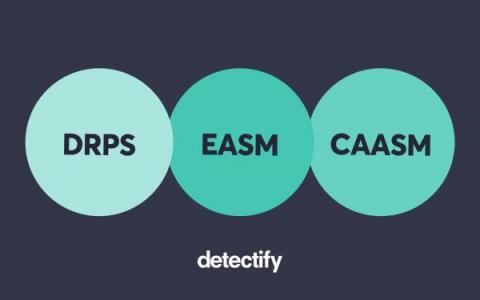Major update to Attack Surface Custom Policies
AppSec teams often struggle to either validate or scale their security policies, like enforcing security headers or removing risky technologies. This job is easier said than done, and teams are feeling the pinch. To address these challenges, we launched Attack Surface Custom Policies – a powerful feature built directly into Surface Monitoring that makes it possible to set, enforce, and scale customizable security policies so you can focus on the issues that matter most.











